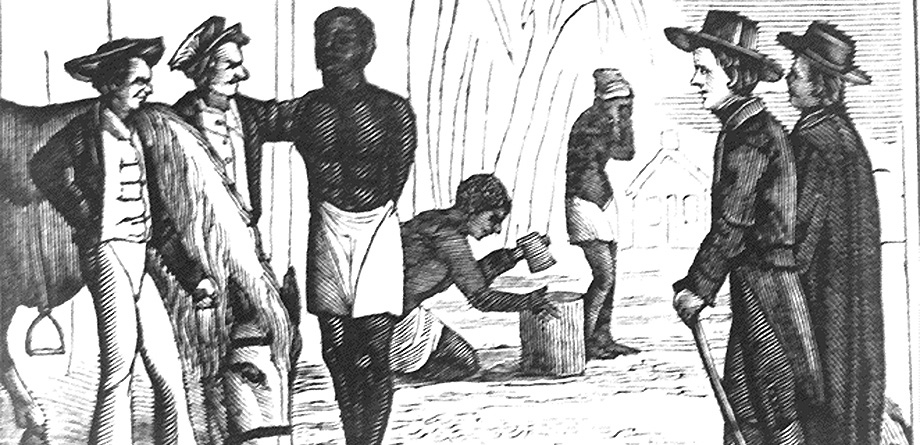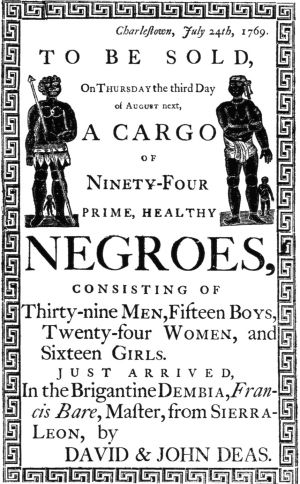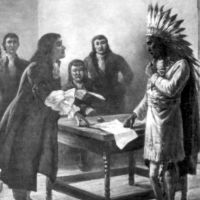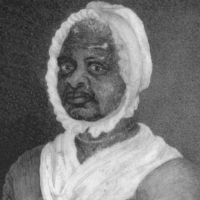Primary Source
Emanuel Downing, a London lawyer and the brother-in-law of Massachusetts Bay Colony's governor, John Winthrop, came to visit the colony. In a 1645 letter to Winthrop, he explained his view of the slave situation in Massachusetts.
If upon a just war the Lord should deliver [the Pequots] into our hands, we might easily have men, women and children enough to exchange for Moores [black Africans], which will be more gainful pillage for us than we conceive, for I do not see how we can thrive until we get into a stock of slaves sufficient to do all our business, for our children's children will hardly see this great Continent filled with people, so that our servants will still desire freedom to plant for themselves and not to stay but for very great wages. And I suppose you know very well how we shall maintain 20 Moores cheaper than one English servant. The ships that shall bring Moores may come home laden with salt which may bear most of the charge, if not all of it….
Quoted in "Notes on the History of Slavery in Massachusetts", by George H. Moore (D. Appleton & Co., 1866).







